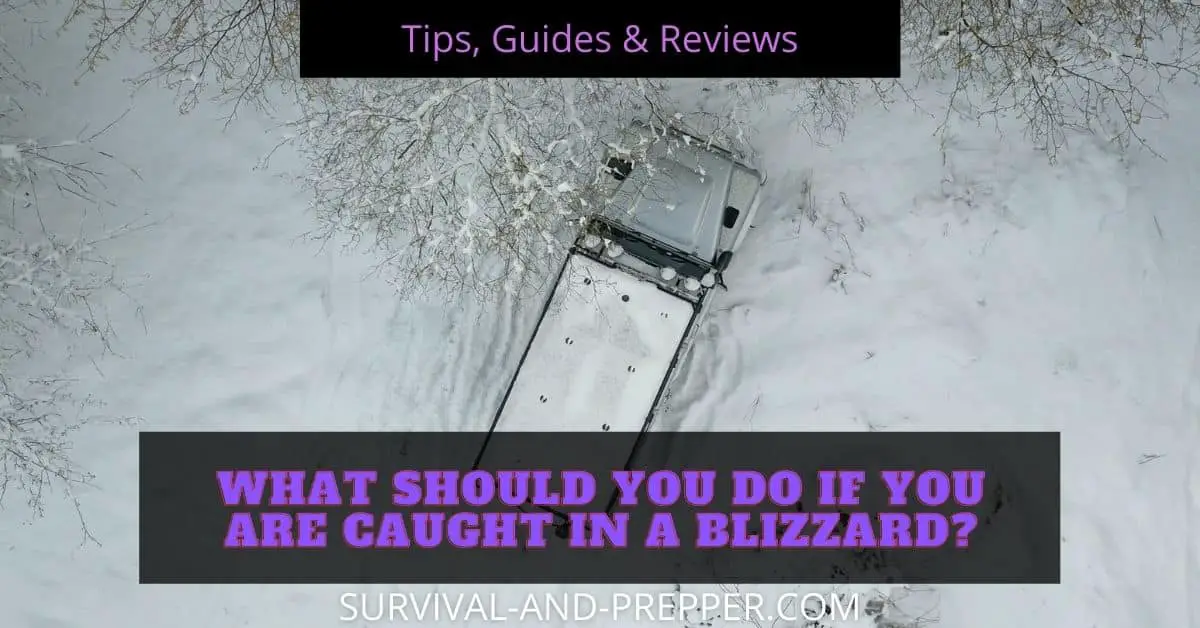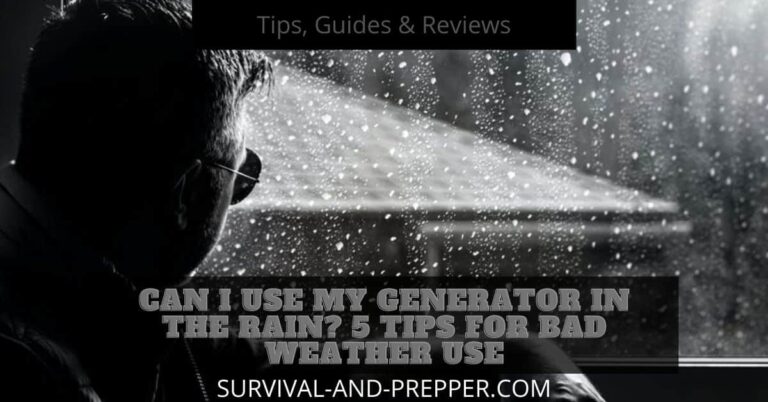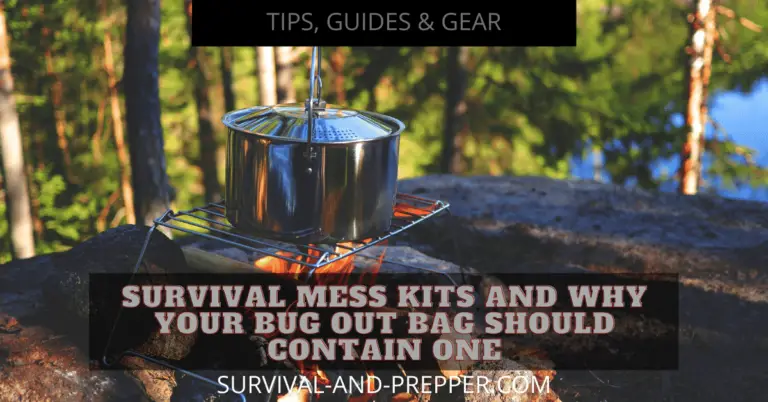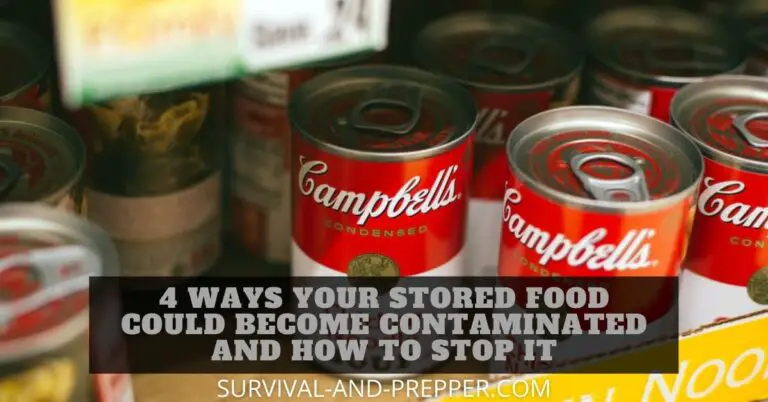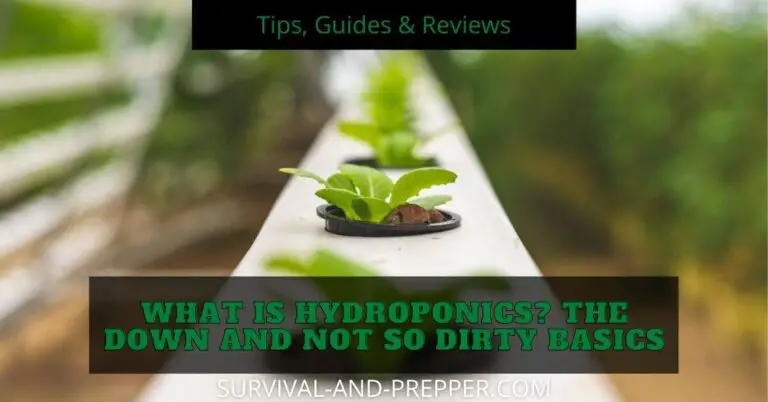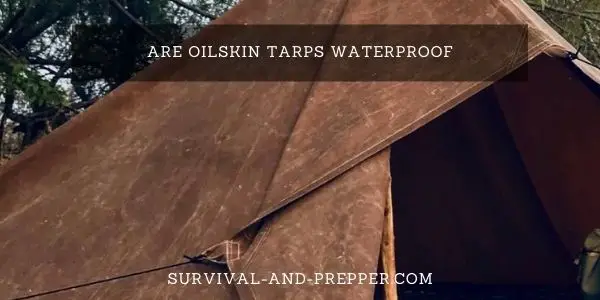What Should You Do If You Are Caught in a Blizzard?
What You Should Know to Survive in Your Vehicle during a Snowstorm
If you are caught in a blizzard your first priority needs to be shelter and then a heat source. If you are in a vehicle then remain with the vehicle. Alternate running the engine and shutting off in 30 minute increments. This will prolong your fuel while still keeping you warm.
Should you find yourself trapped in your vehicle during a storm there are a few tips you should know.
- Call for help if possible with your cell phone. If you are able to make contact with someone make sure that you provide them an accurate location. You can use your phone’s gps for this. Also provide them information such as how much food, water and gas you have so they know how quickly they have to get to you.
- Consider what is preventing you from continuing travel. Is the roadway blocked, are you stuck due to an obstruction you can remove or is the weather too bad for you to continue. All of these can affect your situation and should be considered. If possible to remove the issue and continue then that is the vest course.
- Don’t leave your vehicle. One of the greatest dangers for you in a snowstorm or blizzard is hypothermia, it can set in far faster than thirst or starvation. Your vehicle can provide an excellent shelter if needed. During the daylight hours the glass will magnify the sun’s heat and allow you to remain several degrees warmer than you would be outside, not to mention avoiding the wind chill.
- Use your vehicle’s fuel carefully. Consider how long it is likely to be until you are rescued and what the conditions are. Then monitor your status and only run the vehicle when you need to warm up. This will allow you to stretch your fuel supplies and heat system out over a longer period of time if needed.
- If you have any extra blankets or clothes make sure to take advantage of these to help you stay warm.
- Hang some kind of piece of fabric out of a window and roll it up. This will help signify someone is at the vehicle. When you see or hear other vehicles start honking your horn to draw attention.
- Since you are going to be stuck in one place and using your vehicle for heat, you need to be mindful of exhaust fumes. If it is snowing then make sure to periodically check and ensure your exhaust is not clogged up. Also be mindful of your vehicle’s position. If the area around your vehicle begins to build up in snow then you may create a sort of low spot that traps the exhaust fumes. Monitor yourself for headaches or dizziness, and do not nap while the vehicle is running.
- Avoid unnecessary use of electronics. Don’t use the radio or charge your phone etc during the times you are not running the engine. Doing so could result in your battery draining and losing the ability to start your vehicle.
50 Great Gift Ideas for Survivalists and Outdoorsmen
Preplanning in Order to Survive a Blizzard or Snow Storm with your Vehicle
The single most important thing is awareness. By consulting the weather and current driving conditions you can decide if you want to even begin the trip in the first place. Consult the current conditions and future forecast. Also keep in mind that if traveling for an extended distance you need to consult the weather along the route as well. This is especially important in mountainous areas where the conditions at elevation can vary greatly.
If you feel that you may encounter hazardous conditions then some simple supplies could help you along your way.
Try to Include the Following Items in a Makeshift Blizzard Survival Kit
- Cat litter, oil dry, ice melt or sand – Any of these items can be used to provide extra traction should your vehicle become stuck in the snow. Sprinkle some liberally around the area of the tires in order to continue on your way.
- A heavy blanket or sleeping bag – These can be stuffed in the corner of the trunk out of the way, but should you need them you will be grateful for the extra warmth.
- Extra Clothing to include waterproof boots or other warm footwear – Many people dress only for brief exposure to the elements and your current clothing may not provide adequate warmth if you are forced to be outside for an extended time frame. Waterproof boots will help to protect your feet from melting snow.
- Some Food and Water – I normally keep a 6 pack of water in my vehicle anyway, along with enough snacks to last me for two days. Select items that have long shelf life’s and rotate these out periodically. That way if you due end up stranded, one of your concerns does not have to be finding food
Surviving a Blizzard if your Caught Outside
Surviving a Blizzard or Snow Storm becomes far more challenging for the unprepared who is trapped outside without a vehicle or shelter.
You could find yourself in this situation if you were to become stranded in your vehicle and there is no indication or help coming. Or if you are hiking and a whiteout blows up suddenly and you are caught unaware.
In each instance you are going to need to seek help but do so while being mindful of the need for shelter and warmth as well. In many cases you may need to remain in place until the winds die down. This is due to obscure vision from the loose snow being blown around reducing visibility distances.
In these conditions it is important to react fast and with a purpose. If you begin to succumb to hyperthermia you will start to experience motor and mental function decline. Each additional minute of exposure can worsen these effects.
Most Experts Recommend the Following
Seek or Create Shelter First.
If you find yourself stuck in an active blizzard with no shelter. Hiking to safety is likely not possible. This is due to the fact that it is more dangerous to blindly travel in conditions where you cannot see landmarks etc.
In this case it is crucial that you create or locate some form of natural shelter.
Decide on a Snow Cave or Lean To
Oftentimes this is a snow cave or lean to structure.
The choice between the two types of structures will likely depend on the conditions. If there is ample snow then the snow cave will be the easiest option. If there is insufficient snow then a lean to should be your go to.
Keep in mind that you want to select an area out of the wind, avoid ridges and exposed areas if possible.
If building a snow cave or igloo like structure make sure to leave a small hole in the roof to prevent the build up of carbon monoxide. You want to carve the structure out in a bit of a dome shape and then put a slightly elevated mound in the middle. This will keep the heat produced by your body closer to you.
Try to avoid sleeping directly on the snow as it will sap your body of heat. Cover your elevated mound with pine straw, branches or other material to keep the snow away from your body.
If there is more than one of you sleeping as close together as possible to share body heat.
Hydration Is an Issue in the Winter as Well
If you have begun using your water supplies then pack the empty bottles with snow. This will melt and provide additional water. This is a better option than eating the snow itself. While both will provide you with hydration, the task of melting the snow you eat will tax both your energy reserves and body temperature. Neither of which you can spare in these conditions.
Building a Fire
If you choose to build a small fire inside of your snow cave or lean to then try to find some rocks to place in and around the fire. This will not only ensure that it does not spread. More importantly it will serve to trap the heat within the rocks. This will allow you to maintain the temperature in your space easier. You can also place a heated rock or two under your blankets or clothing, just be careful to avoid burns.
If you find yourself unable to build a structure then try to find rocks or boulders large enough to shield you from the wind. Then make your fire near them. These rocks will reflect and absorb some of the heat allowing you to huddle closer to them for warmth.
Steps to Prepare so That You Can Survive in a Blizzard
While you should make every effort to avoid going out into a blizzard intentionally, sometimes you will find yourself engulfed by a sudden storm with little to no warning. Take a few steps prior to heading out on a winter hike or camping trip to make sure you are prepared just in case the unforeseen occurs.
Do Not Travel Alone
This is true anytime you are going out into the wilderness. Having someone else with you helps ensure you have someone to help if something goes wrong. Not only that but it can make the trip far more enjoyable to have a companion along.
Check the Forecasts and Trail Conditions
You should familiarize yourself not only with the weather forecasts for the next few days, but also with what the weather has been like for that few days prior to your trip as well. This added information could alert you to recent snow melts or potential flooding, avalanche type conditions.
In addition to this consult the historical data for the season you are in. This will aid in determining the possibility of a winter storm blowing up.
Work out a Trip Plan and a Method of Signaling for Help
By having a plan in advance you can relay this information to a trusted friend who is not going on the trip. If you do not make contact with them by an allotted time then they can signal rescue authorities. If you have also devised a method of signaling for help then they can relay that information as well.
This will aid the authorities in locating you if that is necessary. This method of signaling can be anything from reflective tarps, flares, smoke signals, fires or even just a specific pattern made in the snow. Consider an option that works at night as well. But remember most rescue attempts occur during the daylight.
Carry a Survival Kit Even on Short Trips
Even if you plan on only going on a trip for a few hours you should carry some basic survival supplies. This survival kit will vary slightly depending on the conditions you are in. But the kit should contain at a minimum the following items.
Food, Water, First Aid Kit, Sleeping Bag or Bivouac Bag, Lighter and waterproof matches, small tarp, knife, 550 cord, and signalling supplies.
Recap
When you are attempting to survive a blizzard shelter and conservation of heat are your top priorities. Try and remain in one place until rescued or the weather is clear enough to allow safe egress out. Lastly monitor your hydration and exposure to the elements as closely as possible.
If you have any other tips or suggestions add them in the comments below. While you are here make sure to check out some of our other winter related articles. Some examples are How to Stay Warm In a Tent and 11 Tips for Hiking In the Snow.
